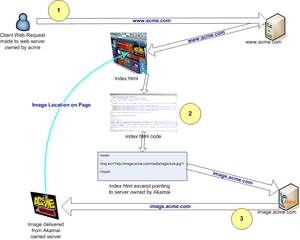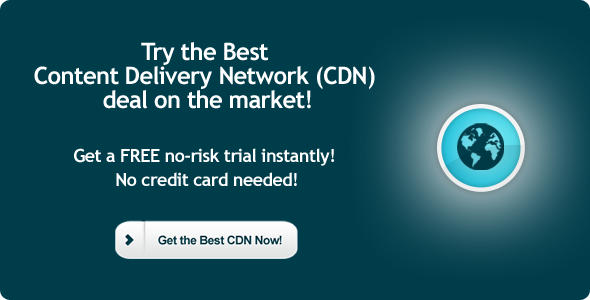Times of mobile and app-based internet force more and more content providers, content makers, and online vendors to simplify navigation and improve user experience, primarily the page load time of their website. Just one second of delay can cause up to 7% loss in customer conversions. The choice of content delivery network (CDN) means that content is replicated from origin server to cache servers, scattered all over the globe. In this way, data is served to the end-user from the surrogate server located nearest to him. The value of this is overall improvement of retail service delivery and the guarantee of retaining customers. Moreover, content delivery market is expected to soar to $7.4 billion by 2017, and entrepreneurs are to recognize this switch to cloud computing rather sooner than later.
The leading CDN service providers and the hugest market players are Akamai, AT&T, Amazon Cloudfront, Cachefly, CDNetworks, ChinaCache, EdgeCast, MaxCDN and more. Choosing one depends on many factors such as your location, the size of your business, the overall reach and performance goal, as well as the need of your customers.
How One AI-Driven Media Platform Cut EBS Costs for AWS ASGs by 48%


In the diagram shown, we see an “Akamaized” website; this simply means that certain content within the website (usually media objects such as audio, graphics, animation, video) will not point to servers owned by the original website, in this case ACME, but to servers owned by Akamai. It is important to note that even though the domain name is the same, namely www.acme.com and image.acme.com, the ip address (server) that image.acme.com points to is actually owned by Akamai and not ACME. (Photo credit: Wikipedia)
Major benefits of using a CDN
Implement a CDN affects everything, from your internal architecture to the cost of your IT staff, performance management and more. True power of a content delivery network is yet to be revealed in future decades, as it soars by 20% each year, but so far, the major advantages of using one are:
- significantly reduced page load time of your website
- increased revenue by 1% for every 100 ms of improvement to your page load time
- retaining more customers (they are more satisfied)
- more manageable traffic
- maximum availability of your product
- more secure network
- no geographical barriers
- easy delivery of video, audio rich content
- build more interactive website at no cost of losing visitors due to latencies
- reaching mobile customers with ease
- branching out to new markets, regions
- easy management of traffic peaks
- more scalability to your business, you can grow it as much as you want to
- less or now downtimes
- setting your own criteria to enable the best possible performance for your website
Sometimes, using more than one CDN provider is advised because CDN providers perform differently in different geographical regions, and not all CDN providers are reliable as others. This is known as multiple content delivery network or multiple CDN.
CDN and Cloud
The emergence of cloud computing made CDNs more popular, as at first they were designed to simply keep the Internet less clogged and still support growing volumes of content. Also, they made audio and video streaming options more available. Now, CDNs are a continual trend, improving all layers of cloud computing such as SaaS, IaaS, or PaaS. Also, they help content owners to satisfy the growing need of customers for always more – interactivity.
More than 90% of business owners now realize the benefits of using the cloud, the reliability of the cloud and cloud investments keep them on top of the market and safe against competitors. Implementing a CDN to the cloud gives them even more market opportunities, helps them scale their business as much as they need to, and pushes them to keep up with technological revolutions.







